TCCC and C-TECC Updates From SOMA 2014
TCCC and C-TECC Updates From SOMA 2014
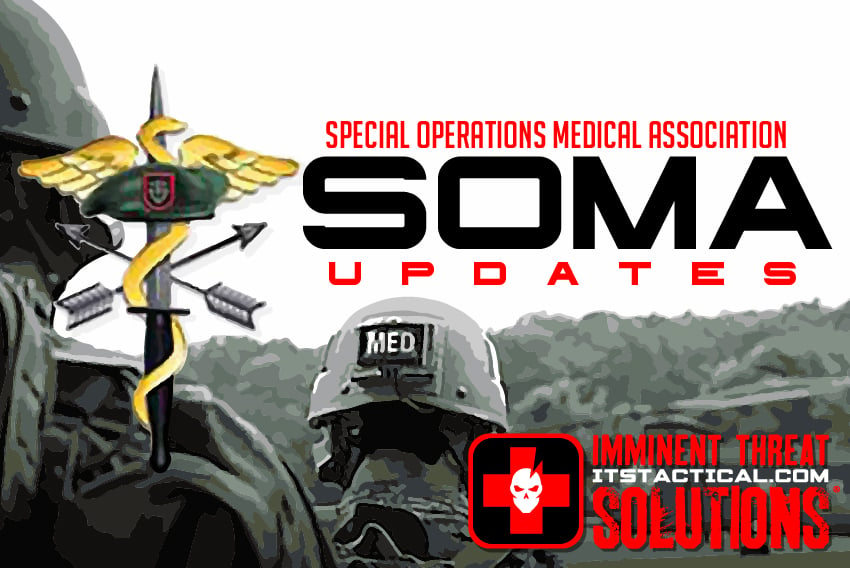
The 2014 Special Operations Medical Association Scientific Assembly (SOMSA) conference has come to a close with big changes on the horizon that I’d like to share today. One of the largest announcements is that there won’t be a conference next year and the venue is moving to Charlotte, NC in 2016.
There’s talk about it being in Austin, TX in 2017, but I can’t confirm that. SOMA is moving the venue in hopes of getting more SOF medics in attendance. Government budget cuts have put a damper on travel and per diem, limiting travel to Tampa.
This year I again attended from the “first responder” viewpoint and not as part of the media for ITS. I didn’t spend a lot of time at the Expo and bypassed a few new medical products. I spent the majority of the time networking, due to the conference moving away from me here in the Tampa area. I’ll be honest and say I didn’t see anything ground breaking at the Expo this year at the first responder level. I’ll start with the updates to TCCC and TECC and provide some thoughts from the conference after that. If you’re interested, check out my thoughts from last year’s SOMA too.
For those not familiar with Tactical Emergency Casualty Care (TECC), I wanted to write a quick description here and also let you know we’ll be doing a follow-up article delving further into details from a first responder point of view. We’ll be posting the TECC guidelines and update them just like we have done on the TCCC side.
What’s TECC?
TECC was developed to bring the TCCC level of care to civilian first responders. Here’s a direct quote from their website:
“The Committee for Tactical Emergency Casualty Care (C-TECC) was convened to speed the transition of military medical lessons learned from the battlefield to civilian medical response to high risk situations.”
There were factors specific to the military that didn’t translate to the civilian sector. On the flip side there are factors the military doesn’t have to account for such as liability, a diverse patient population (including pediatrics and bariatrics) and distance to trauma care to name a few. The Committee for Tactical Emergency Casualty Care (C-TECC) was formed to address these issues and filter the TCCC guidelines for civilian use. I suggest you read the Overview Section of the C-TECC website which goes into great detail.
TCCC Updates
On the TCCC side of the house there are a few changes to the current guidelines and a few things under consideration.
1. There was reemphasis on checking for proper tourniquet placement. This year was the first case of an improperly placed tourniquet leading to loss of an extremity overseas. While there were numerous other mitigating factors in this incident, the need for reassessment during extended field care is critical.
A. In an extended field care setting, there are mandatory two hour tourniquet checks.
B. It’s recommended that the tourniquet be placed “high and tight” if unable to see the source of bleeding and then reassess the placement when possible.
2. There are two hemostatics that are now approved for use. Celox Gauze and ChitoGauze were added to the guidelines. You can read the article Here. The wording is as follows:
A. “Use Combat Gauze as the CoTCCC hemostatic dressing of choice. Celox Gauze and ChitoGauze may also be used if Combat Gauze is not available. Hemostatic dressings should be applied with at least 3 minutes of direct pressure.”
3. There are new fluid resuscitation protocols which you can access Here. These are outside the scope of practice for most first responders, so I didn’t take any notes on them. I will say that blood products like freeze dried plasma are a big deal for the guys doing extended field care. There’s a big push to have whole blood available at the ground medic level. New technologies by companies like Tribalco Div 6 are allowing whole blood to be kept cool and carried by the medic.
TCCC Changes Under Consideration
There are several changes being considered including adding the Cric-Key and Cric-Knife. I was able to play around with both and the Cric-Knife is pretty trick. You can check it out Here.
The Abdominal Aortic Tourniquet is being considered for addition to the guidelines, although I’m not sure where they are with this vote and how much more data is needed.
Lastly there were discussions about the hemostatic Xstat and XGauze products by RevMedX. John Steinbaugh was at the conference and gave a briefing at the C-TECC meeting on the products. I also sat next to a medic who used both products during LTT and he said the XGauze was awesome but the XStat injector needed some work.
TECC Updates
The Committee on Tactical Emergency Casualty Care had an open public meeting and several guideline changes were discussed. There are no changes to add to the current guidelines at the moment, but several future changes were brought to the floor.
I have to say I was impressed by the professionalism of the members of the Committee. It was great to be able to see the “gears in action” and how they included everyone in attendance into the discussions. Anyone with a stake in TECC is invited to participate and get involved, although only voting members are able to give a yea or nay. If you’re interested in joining one of the working groups, contact the Committee. Anyone is invited to contribute.
1. The issue of vented vs non-vented chest seals was discussed. The TCCC guidelines now call for the use of a vented chest seal (and a non-vented only when a vented is not available). The TECC guidelines call for either a vented or non-vented. The TECC guidelines will remain the same (calling for either) as there’s no clear data on the civilian side to show one is better than the other. If the development of a tension pneumothorax is found, burping the non-vented chest seal is recommended.
2. There was a “yea” vote to bring K9 Medical Guidelines forward and a K9 Medical Working Group was formed. This is great news for all K9 officers, as they’ll have guidelines to work with in the future. Having been fortunate to attend a TACMED course where we were able to practice several interventions on live dogs, this is a big win.
3. There was a “yea” vote on forming a Psychological Working Group to discuss adding guidelines to assist in making sure our first responders are taken care of after critical events. This is something that TCCC does not address at the medic level and as we all know PTSD is a big issue in the military. I think the Committee realizes the civilian side is going to face events our troops are seeing overseas and we need to make sure our first responders at home are taken care of at the psychological level. They’re going to engage people like Dave Grossman to assist in this area.
4. The Committee is going to release a Training Slide Deck (Power Point slides) to assist instructors in teaching TECC at their agencies. This is a huge help as I personally just went through sorting the guidelines. Converting the current .pdf file to a Power Point and adding/deleting the guidelines that were relevant to our agency was a huge PITA. Cutting/pasting paragraphs and dealing with font sizes and overall layout took a few days. You’ll now be able to simply hide the slides that don’t pertain to what you’re teaching. Remember everything the C-TECC has is open source and can be used by anyone. I’ll be doing a separate article explaining this soon.
4. Lastly there was a discussion on the current wording of the phases of care. Right now the three phases are labeled as Direct Threat Care, Indirect Threat Care and Evacuation (a medic friend from the United Kingdom brought to everyones attention that this acronym is D.I.E., which brought a big laugh from the group). The discussion revolved around possibly adding Hot, Warm, Cold to the phases as well. Since the majority of attendees were from the fire or medical side of the house, there were some passionate exchanges back and forth. This discussion took what seemed like an hour to hash out. The issue hinged around making sure all disciplines understood what each phase of care really meant and to make sure Medics, Fire Rescue, HAZMAT Teams and Law Enforcement were all on the same page. The answer was a vote to add an explanation in the guidelines for each phase of care.
Overall Notes From The Conference
I sat in on several Medical Vignettes during the conference. These ranged from SOF medics in the Philippines to TAC Medics on the ground at Ferguson to an FBI HRT Medic at the Alabama bunker siege. What I want to do is simply list some bullet points from my notes on takeaways I thought were important. I found it interesting that there were several overlaps between the different events which we could all learn from.
- If your agency has a MRAP or other armored vehicle you might want to consider doing rollover/evacuation training for your members. You should also think about what types of fire extinguishers you have on hand. During the Ferguson riots, they had issues putting out fires on and in their vehicles with the standard ABC extinguishers.
- One injury which I never considered was a major hemorrhage from an eye socket. A Ranger medic had to pack and apply direct pressure to a soldier who lost a right eye and had serious bleeding from the socket. If you’re an LEO, you may want to think about discussing this during your medical training.
- There was a case where a chest seal came off during the physical transport of the patient. Having more than two chest seals available is a must.
- If you carry an aid bag or have a IFAK, know it in and out. You should be able to direct someone to access your equipment by voice and you should be able to find your items in the dark. Some SOPs call for medics to drop the medic bag at the breach point, but in situations where the hot/warm/cold zones are moving (active shooter, etc.,) you need to have the bag with you. In one case, the medics dropped their bags at the CCP and found the CCP quickly changed. They were unable to get back to the bags and were lacking needed supplies.
- The use of tubular webbing as drag straps bridged several briefings. The HRT event at the Alabama bunker siege was about as bad as it gets for a rescue from inside a bunker. They came up with some ingenious ways to breach and enter the bunker, but getting potential casualties out was a major issue. With all the high tech gear, litters and tactics available, simply hoisting casualties out via a loop of tubular webbing was the answer.
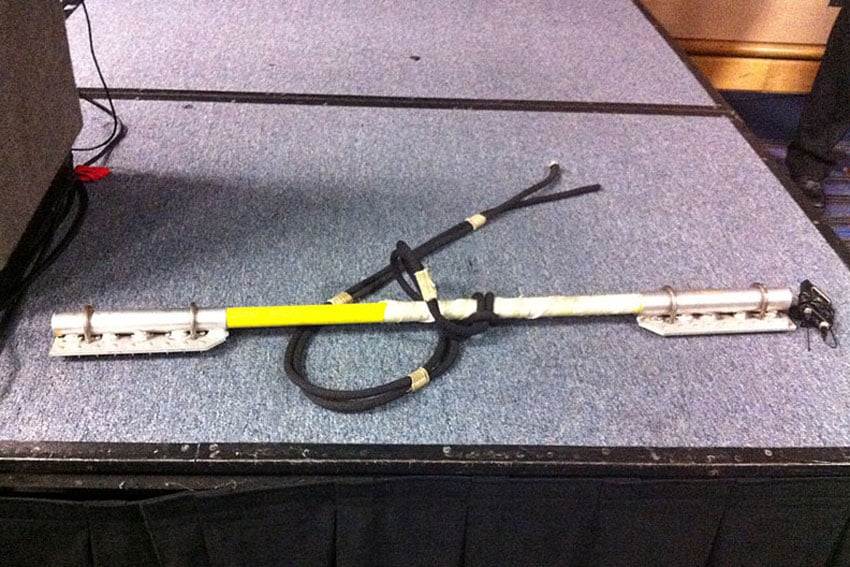
- A good example of needing webbing and not having it was during a 3rd Ranger raid into a compound where pressure IEDs were placed all over the site. After the initial breach they incurred several casualties who either stepped or landed on pressure plates after suicide vests were detonated (they had twelve IED detonations overall). Not knowing some of the casualties were laying on pressure plates, they inadvertently detonated them when moving the casualties to the CCP. The Ranger Medic stated they should have had tubular webbing to be able to hook and drag casualties off of the IEDs from a distance. Something to think about for the stateside first responders.
- Army Medics used water bottles to improvise junctional tourniquets in the Philippines. This is something to think about stateside as well.
- One of the best quotes of the conference came from TAC Medics on the ground at the Ferguson riots. A big issue they had beyond foot blisters and dehydration was “Swamp Ass.” They said this became a big issue for first responders who weren’t used to extended operations. A great point was that most SWAT and TAC Medic operations involve one static location. In Ferguson they were on the move for 10 hours straight and “Swamp Ass” set in. They ended up using wet wipes (a military shower) to curb the crotch grunge.
- Another Ferguson issue was becoming isolated as the cold zone became hot and the normal concentric circles began quickly overlapping. Having items like water, food and basic needs became an issue. If you deploy to something like this, make sure you have your basic needs covered with a go-bag or something similar.
- For the stateside first responders. I would HIGHLY suggest you do a short study on Counterinsurgency Operations and have at least a small understanding the tactics used. The Ferguson speakers said the crowd used classic COIN tactics against the police and used social media to direct the crowds.
Recommendations
In closing I would highly recommend becoming a SOMA member and attending the 2016 conference. There are way too many positives if you’re at all interested in tactical medicine. Here’s some links to get you headed in the right direction:
SOMA – Special Operations Medical Association
JSOM – Journal of Special Operations Medicine
C-TECC – Committee for Tactical Emergency Casualty Care
NAEMT TCCC – National Association of Emergency Medical Technicians






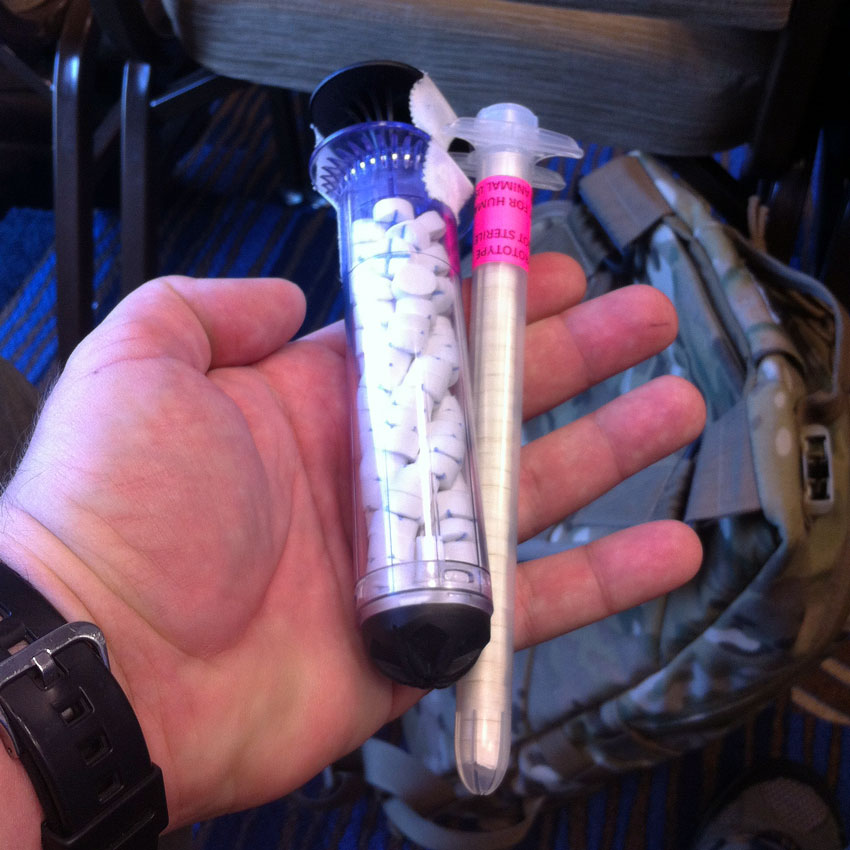
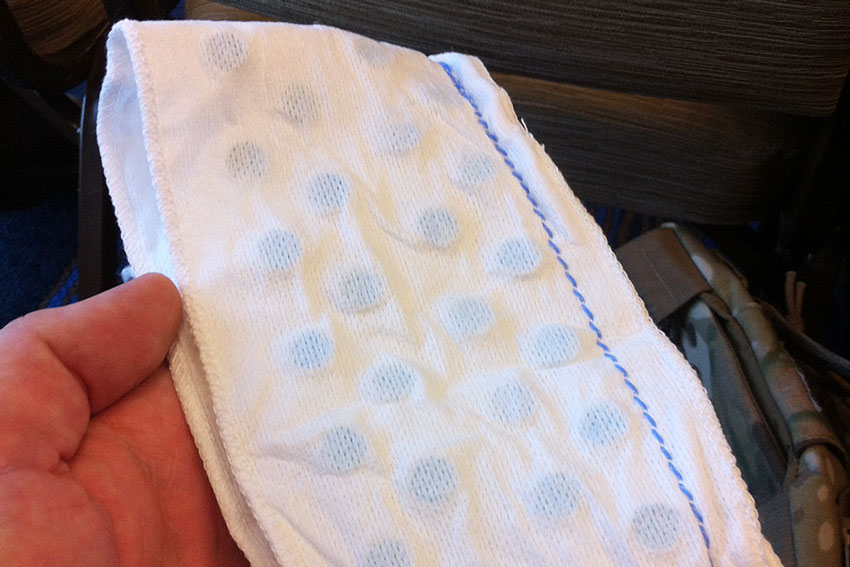
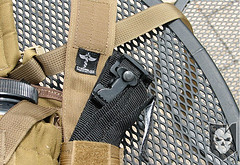
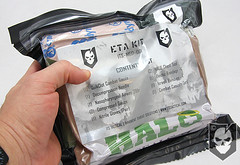



Discussion